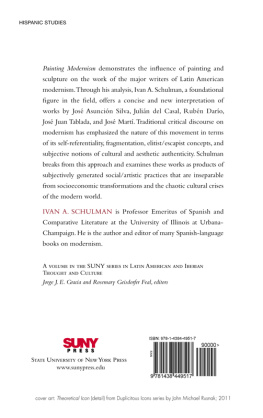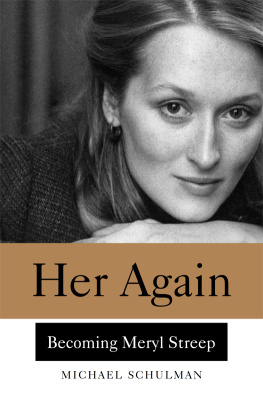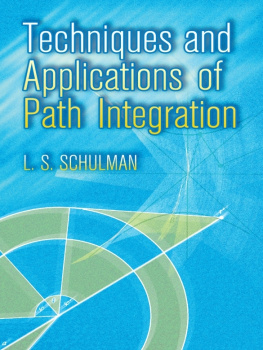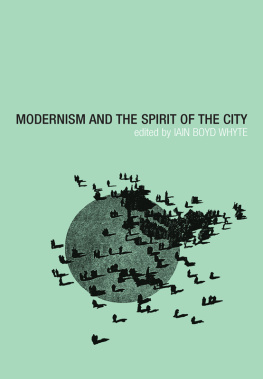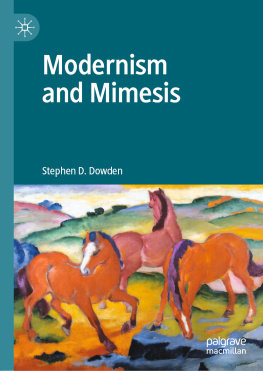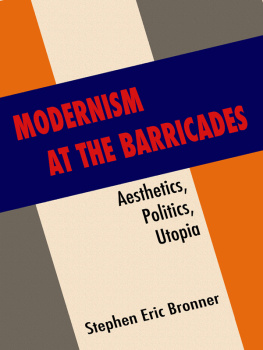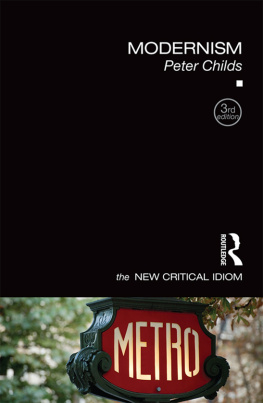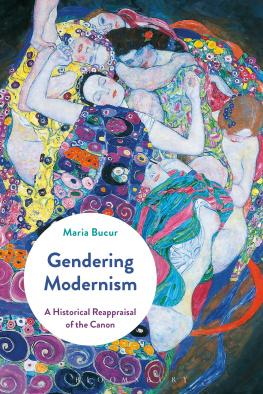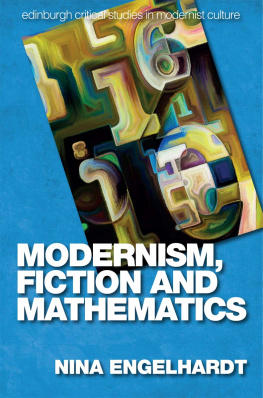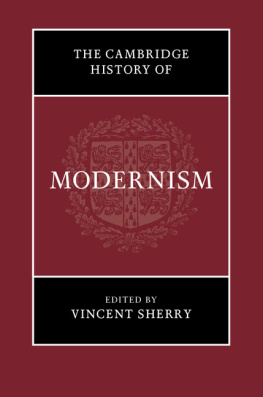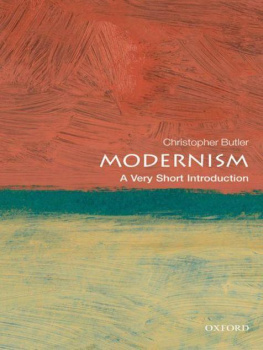painting
modernism
SUNY series in
LATIN AMERICAN AND IBERIAN THOUGHT AND CULTURE
Jorge J. E. Gracia and
Rosemary Geisdorfer Feal, editors
painting
modernism
Ivan A. Schulman
state university of new york press
Cover art: Theoretical Icon (detail) from Duplicitous Icons series by John Michael Rusnak; 10 ft x 8.37 ft; abstract photography composed of India ink and stencil with overprinting on fiber based paper; 2011. Used by permission
Published by
STATE UNIVERSITY OF NEW YORK PRESS
Albany
2014 State University of New York
All rights reserved
Printed in the United States of America
No part of this book may be used or reproduced in any manner whatsoever without written permission. No part of this book may be stored in a retrieval system or transmitted in any form or by any means including electronic, electrostatic, magnetic tape, mechanical, photocopying, recording, or otherwise without the prior permission in writing of the publisher.
For information, contact
State University of New York Press
www.sunypress.edu
Production, Laurie Searl
Marketing, Kate McDonnell
Library of Congress Cataloging-in-Publication Data
Schulman, Ivan A.
Painting modernism / Ivan A. Schulman.
pages cm. (SUNY series in Latin American and
Iberian Thought and Culture)
Includes bibliographical references and index.
ISBN 978-1-4384-4951-7 (hardcover : alk. paper)
1. Modernism (Literature)Latin America. 2. Art and literatureLatin America. I. Title.
PQ6073.M6S34 2013
860.9112dc23
2013006240
10 9 8 7 6 5 4 3 2 1
To JMR, vaso comunicante illuminating the path of creativity
To MPG, to whom I owe my dedication to
the study of Latin American modernism
If I could say it in words, there would be no reason to paint.
EDWARD HOPPER
Hay mucho de pintura en la poesa,
y hay mucho de poesa en la pintura
RUBN DARO
CONTENTS
INTRODUCTION
This book deals with a major aspect of Latin American modernism that canonical criticism has neglected to examine in its various dimensions. The chapters of Painting Modernism are constructed upon the fundamental notion that literary texts should no longer be studied in isolation from other artistic discourses and that as a consequence we need to (re)examine the works generated by the writers affiliated with Latin American modernism, whose textual production transcends the limits of language and verbal imagery, or as David Scott has noted in chronicling the early history of writing the arts:
inter-art correspondences [are] predicated in part on a new concept of the artist, one that implie[s] the widening of the term to include the writer and the musician on the same footing as the painter and sculptor. (66)
We also are guided by the notion that seeing comes before words
In the chapters that follow we use the term modernism in its broadest multidimensional implications, overriding traditional conceptualizations that both in the past and present view its texts as nothing more than aesthetic and escapist creations belonging to a period between 1888 and 1916.
Jos Mart (Cuba,18531895), one of modernisms earliest literary theoristsand one of its principal writersdescribed the lack of constancy of these new-age transformations and the literary productions they produced, which he was instrumental in creating, As a consequence, it is fallacious to view modernism as a school with prescribed or fixed modes of writing; its textual manifestations are multiple, heterological. Moreover, a rereading of the prose and poetry of this modern period of experimental literature reestablishes foundational links to subsequent postmodernist art. Its texts are a reflection of the openness, instability, ambiguity, and chaos of the metamorphic sociopolitical institutions of the modern worldWest and East.
Latin American modernismwhich spans both the latter half of the nineteenth century and the first half of the twentiethis characterized, as we and other contemporary critics see it, by a pluralistic imaginary, and in that sense it is similar to the notion of the multiple existential philosophies of the twentieth century; and its texts are connected to elitist as well as to popular culture. In short, what we are suggesting, and what we hope will be evident in the chapters of this book, is that we subscribe to a revisionist notion of the nature and development of modernism that eschews micro in favor of macro discursive conceptualizations and produces a discourse that is visionary, not only in the traditional verbal sense but also in its links to plastic, especially painterly, associations.
Traditional critical discourse has preferred to emphasize a normative modernism viewed in terms of self-referentiality, fragmentation, elitist or escapist concepts, as well as subjective notions of cultural and aesthetic authenticity. The modernists literary art, especially their epistemological search for the meaning of the modern worlds new realities, has been described as an existential or teleological anguish conditioned more by emotional desperation than by a desire to understand in a rational way the ambiguous signs of nature and the reorganization of modernizations social structures. But modernisms aesthetic and social codes generated a literature that needs to be understood as a disconnect with the philosophical underpinnings of the Age of Reason or, in general, with Platonic, hierarchical structures. In the work of poets such as Rubn Daro (Nicaragua, 18671916), for example, there is a representative, constant search for individual and collective meaning, an attempt, colored by an underlying pessimism, to understand the restructured modernist world: There are two gods; they are Ignorance and Oblivion (Dos dioses hay, y son: Ignorancia y Olvido [Ay, Triste del que un da ]); or, and not to know where we are going, nor from whence we came (y no saber adnde vamos, / ni de dnde venimos! [Lo fatal]). In examining modernity, Paul de Man, reflecting upon this very epistemological question, writes that the question of modernity reveals the paradoxical nature of a structure that makes lyric poetry into an enigma which never stops asking for the unreachable answer to its own riddle (quoted in Ward and Patty, 186).
It is undeniable that the modernist imaginary demonstrates the presence of a personally based existential angst and a lack of reasoned hierarchical order. Nevertheless, it is still possible to discern generational commonalities among these writers as we hope to demonstrate in the pages that follow. In studying the interconnectivity of modernisms discourses, in particular the union of the plastic and verbal arts, our focus will be on the confluence of codes, visualizing them in the form of two intersecting circles, one represented by the individual text and the other by the social text. In short, we will examine the works of art discussed in this book as products of subjectively generated social/artistic practices inseparable,
The earliest manifestations of modernist writing belong to what might be termed the first stage in an arch of development that bridges the end of the nineteenth century and spans the first decades of the twentieth. In the second half of the nineteenth century the Latin American nationsespecially those with more fully developed economies and urban centerswitnessed the inception of industrial movements. And with the arrival of a new market-based economic orderslow in growth and developmentally uneven in the various corners of the continenta materialistic culture grew up that affected all social and cultural activities, including the nature of literary texts. The colonial system of patronage fell into disuse; writers and their works were commodified within a new marketplace system, their national stature was reduced, and the prominence they previously enjoyed during the vice royal and early Independence period (18201830) ultimately vanished. As a consequence, in this era of profound social transformation the writers sense of social displacement, alienation, and personal anguish intensified. Three hundred years of colonial structures disappeared

